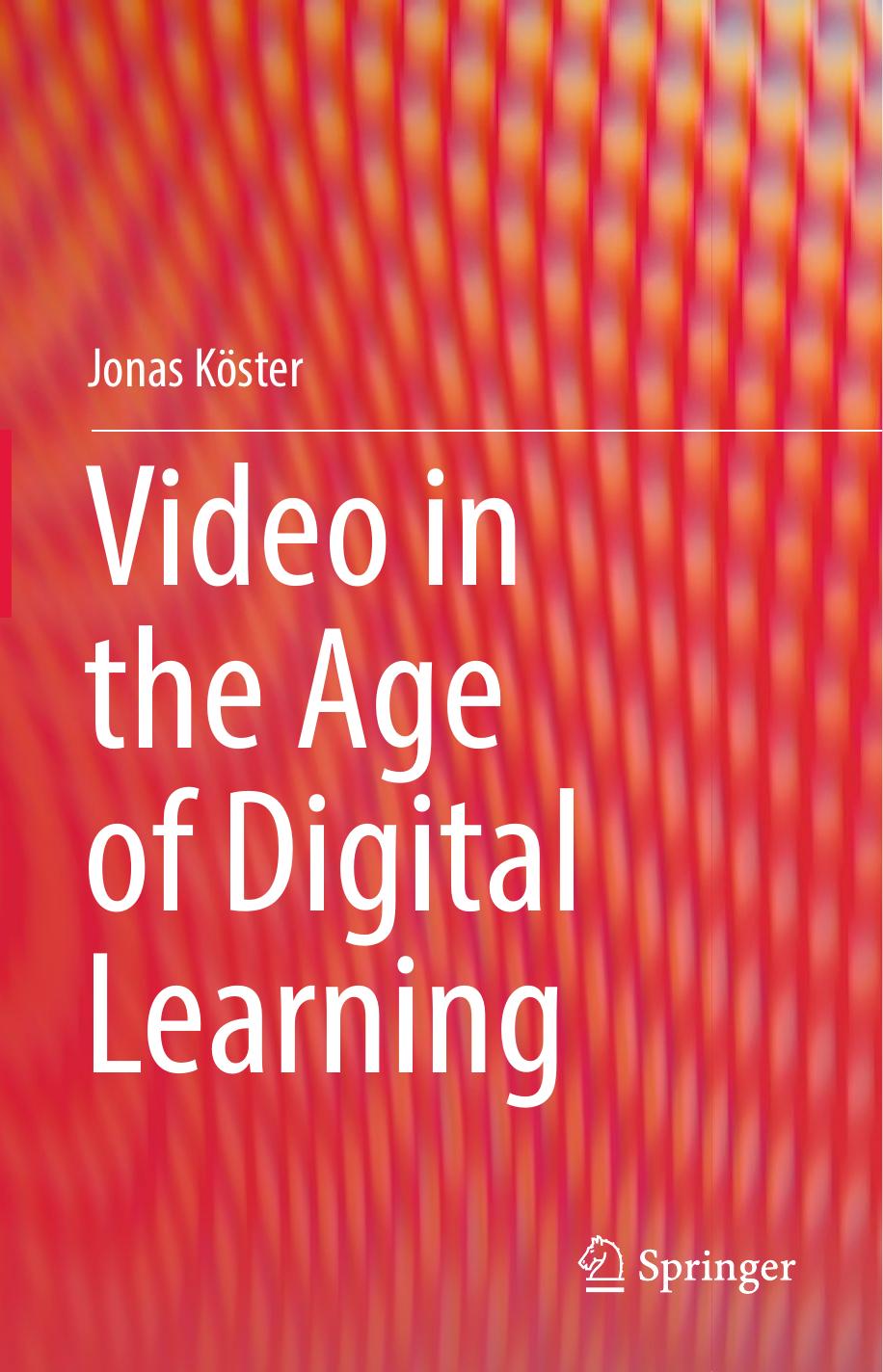Video in the Age of Digital Learning by Jonas Köster

Author:Jonas Köster
Language: eng
Format: epub, pdf
ISBN: 9783319939377
Publisher: Springer International Publishing
Preproduction Phase
Once all the major building blocks of a project are in place—such as the outline or script, the faculty choice, and other major decisions like the integration and combination with other course content—the preproduction phase can begin. Preproduction is defined as the phase of the filmmaking process that comprises the main design, the logistics, and the organization that precede the production stage, which is the actual shoot. In instructional video production, this phase may vary from one production to another. Nonetheless, most videos are well planned, and the main decisions regarding the production shoot are made in advance. Even reality-TV-like or documentary-style videos do not actually occur spontaneously; rather, they are prearranged and designed within parameters that leave room for some spontaneity and naturalness (Rabiger, 2009).
In the instructional video preproduction phase, the preliminary design of the video can begin with discussions between the instructor and the media production or design team . Depending on the institution, this process can be managed or facilitated by a project manager or course producer and can often include instructional designers or video producers. As a major stage in the filmmaking process , the preproduction phase is usually divided into two interdependent processes that proceed in parallel (Rabiger, 2009). First, the logistical effort of budgeting and scheduling a production is essential to the smooth execution of the process and the avoidance of scope creep,1 budget run-offs,2 or other detrimental occurrences that could affect a successful outcome. If it has not already occurred before the development phase, a video producer is employed to organize the entire production and assure successful on-time delivery , as well as to have the production fall within the budget framework, which is also set during this phase. In coordination with others, the video producer further specifies the details of the budget with the course producer or the project manager. The producer then hires or, in case of on-staff positions, appoints the crew for the video so that they are properly scheduled and engaged in the production. The crew can consist of a director of photography—found mostly on larger productions—or a camera operator (also referred to as a cameraman or camerawoman ) on smaller productions.3 The terms “protagonist ” and “supporting character ” fall into a loosely defined category in instructional video productions, generally describing all individuals that appear in front of the camera. The video’s protagonists can include the instructor, students (or individuals filling in as students), and subject matter experts. Some video productions that have a more documentary-like approach are those shot in the field using different locales, situations, companies, experiments, or museums, to name but a few examples; here, the list of supporting characters or interview partners might be extended. In narrative film productions and in certain hybrid production types , such as documentary, reality-TV, episodic television, and “mockumentaries” (Campbell, 2007), the line between what is acting and what is “natural, non-acting” performances can sometimes become blurry (Kirby, 1972). Nonetheless, the information conveyed becomes more tangible and engaging through the use of actors.
Download
Video in the Age of Digital Learning by Jonas Köster.pdf
This site does not store any files on its server. We only index and link to content provided by other sites. Please contact the content providers to delete copyright contents if any and email us, we'll remove relevant links or contents immediately.
| Administration | Assessment |
| Educational Psychology | Experimental Methods |
| History | Language Experience Approach |
| Philosophy & Social Aspects | Reform & Policy |
| Research |
The Art of Coaching Workbook by Elena Aguilar(50992)
Trainspotting by Irvine Welsh(21520)
Twilight of the Idols With the Antichrist and Ecce Homo by Friedrich Nietzsche(18507)
Fangirl by Rainbow Rowell(9099)
Periodization Training for Sports by Tudor Bompa(8171)
Change Your Questions, Change Your Life by Marilee Adams(7637)
This Is How You Lose Her by Junot Diaz(6797)
Asking the Right Questions: A Guide to Critical Thinking by M. Neil Browne & Stuart M. Keeley(5650)
Grit by Angela Duckworth(5525)
Red Sparrow by Jason Matthews(5391)
Paper Towns by Green John(5092)
Room 212 by Kate Stewart(5040)
Ken Follett - World without end by Ken Follett(4646)
Housekeeping by Marilynne Robinson(4349)
The Sports Rules Book by Human Kinetics(4297)
Double Down (Diary of a Wimpy Kid Book 11) by Jeff Kinney(4208)
Papillon (English) by Henri Charrière(4199)
The Motorcycle Diaries by Ernesto Che Guevara(4016)
Exercise Technique Manual for Resistance Training by National Strength & Conditioning Association(3957)
